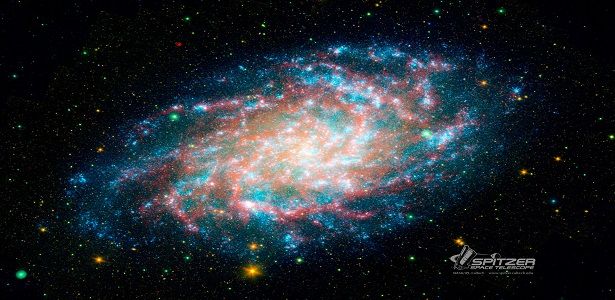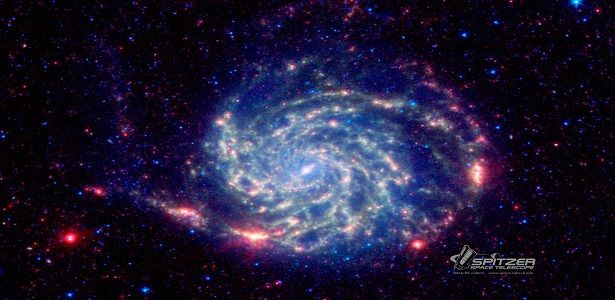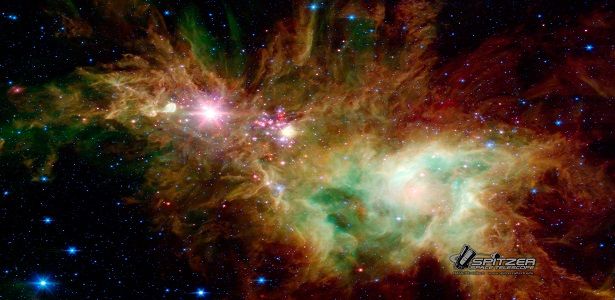Startlingly powerful black hole jets are erupting in a nearby galaxy.

This composite image of the spiral galaxy M83 was assembled from observations made by NASA's Hubble Space Telescope and the Carnegie Institution of Washington's Magellan telescopes.
PHOTOGRAPH BY HUBBLE HERITAGE TEAM, NASA, EUROPEAN SPACE AGENCY
Published February 27, 2014
Surprisingly powerful x-ray jets blast out from a large black hole in a nearby galaxy, astronomers report.
Located in the M83 spiral galaxy (at 15 million light-years away, close by astronomical standards), the black hole likely resembles the powerful ones that filled the universe in the era of the first galaxies. Astronomers expect it will offer insight into the formation of the star-stuffed conglomerations that later grew into galaxies such as our own Milky Way. (Read "Star Eater" in National Geographic magazine.)
Located in the M83 spiral galaxy (at 15 million light-years away, close by astronomical standards), the black hole likely resembles the powerful ones that filled the universe in the era of the first galaxies. Astronomers expect it will offer insight into the formation of the star-stuffed conglomerations that later grew into galaxies such as our own Milky Way. (Read "Star Eater" in National Geographic magazine.)
"The jets are cutting through the galaxy like bullets fired through a cloud," says astronomer Roberto Soria of Australia's Curtin University in Perth, who led the black hole study released by the journal Science. "It is a great opportunity to see up close the dynamics of really active black holes on galaxies."
The jets pack a punch 7.5 million times more powerful than the energy our sun releases every second, making it an "ultraluminous x-ray source" in astronomical terms. (See also: "Are We Living in a Black Hole?")
"This confirms and improves on previous results, and it is important, as it shows how [ultraluminous black holes] can impact on their host environment, which could be an important feedback mechanism in the history of galaxy evolution," says astronomer Andrew Sutton of the United Kingdom's Durham University, who was not on the study team.
Neighbors Coming Over for Dinner
Black holes are essentially collapsed stars, their gravity so strong that even light cannot escape their grasp. The black hole in M83 weighs about a hundred times as much as the sun. The team suggests that, most likely, the jets are erupting from the black hole as it devours gases from a nearby companion star.
The spinning disk of star stuff surrounding the black hole whips to nearly light-speed as it heads into the black hole's maw, which releases heat and energy that erupt as jets from the poles of the collapsed star.
"All of the power comes, ultimately, from everything falling into the gravity of this black hole, which is so powerful that it converts this motion into radiation," Soria says. (See also: "Behind the Cover: How Do You Show the Unshowable?")
X-Ray Survey
The black hole exists outside the center of the M83 galaxy, far from a much larger "supermassive" black hole at its center. Soria's team was actually looking for remnants of exploded supernova stars, which give off x-rays, when they discovered the black hole.
It stood out in their survey, which partly relied on NASA's Chandra X-ray Space Telescope, because its x-ray levels were ten times higher than normal. "We knew it had to be a black hole," Soria says.
Follow Dan Vergano on Twitter.
Source:NationalGeoghrapic.com













